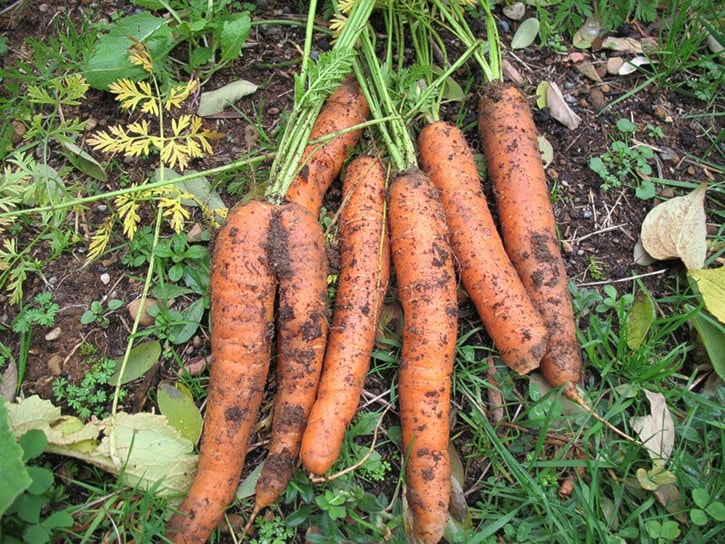In 1955 A. G. Puttock inherited a piece of furniture from his grandfather and inside a drawer he found a screwed-up piece of paper on which was written “Melon Seed, 1887”.
Puttock sowed the seeds and all 14 germinated and grew into healthy plants. Saving seed in the old days was the norm and there’s no reason we can’t produce excellent seed in our own backyards. Plants grown from these seeds will gradually become acclimatized and probably grow better than imported ones, enabling us to become more self-sufficient.
Annuals like peas, beans and corn can be picked the same year they fruit while biennials like carrots and lettuce must be left to overwinter before they’ll send up a seed stalk the next year.
Dig up biennials in the spring and move them to a bed that won’t get watered so they’ll dry out. Seeds are ready to harvest when 10 per cent of the crop has dried and fallen off as vigour improves with maturity.
Problems only arise with varieties of plants that cross-pollinate with each other, like zucchini and winter squash so it is wise to either grow them as far apart as possible, grow varieties that don’t flower at the same time, or fertilize the flowers yourself with anthers from the same variety. One could also grow one variety per year, alternating the years. I’ve saved decent seeds from acorn squash that was planted around the corner and 50 feet away from my zucchini.
When accepting seeds that cross-pollinate from another gardener, make sure the person has followed this advice because you might not like the resulting product. Lists of plants that cross-pollinate are available on the internet.
Plants like tomatoes and cucumbers that produce wet seeds should be dead ripe, even overripe when picked for seed. Scoop out the seeds and pulp, put this into a jar with some water and let it ferment, giving it a stir now and then. Fermentation helps to remove a protective coat that prevents the seed from sprouting and also inoculates the seed against disease. After about five days, squeeze the mash for a bit, stir it up and let it settle. Viable seeds sink to the bottom, so pour off the top layer, strain the rest out and dry the seeds off.
I put dried seeds of each variety into labeled envelopes and store them in jars containing a packet of desiccant to help keep them dry, and keep these jars in a cold, dry room. Seeds stored this way will last much longer than ones put into a cardboard box and kept under the bed beside those hockey skates no one ever uses because we don’t get winter anymore.
